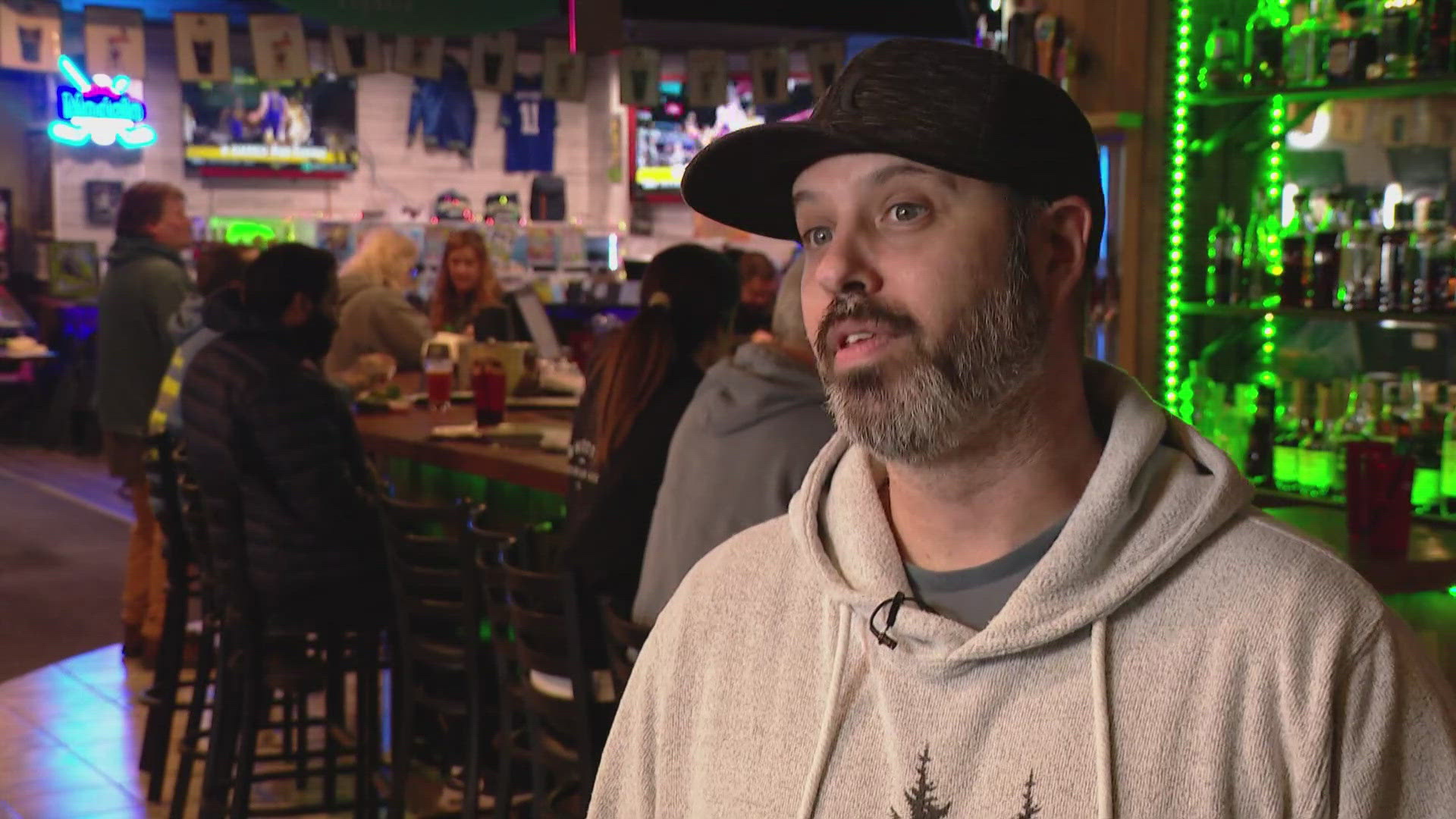The fire season in Washington state appears to be shaping up to be problematic yet again. However, there's no guarantee our air quality will be as bad as the past two years.
Though western Washington experienced more fires than usual in March, that isn't an indicator of what we can expect in the coming months. Dr. Ranil Dhammapala, an atmospheric scientist with the Washington Department of Ecology, says there are too many factors at play to know how healthy our air will be this summer.
For example, the wildfire season in 2015 was the worst the state has seen. But the air quality last year was worse. Last year, the terrible air we saw for days and even weeks in some cases was due to a combination of fires within Washington state and smoke from fires outside the state - smoke from Siberia even swept over Washington state.
Other variables that play a role in our air quality during fire season include the type of vegetation burning and the density. Grasslands burn every year, releasing smoke into the air. Those fires don't come close to the smoke from a timber fire. As Dhammapala puts it, a 100-acre grassland fire does not compare to a 100-acre timber fire.
RELATED: What's in the smoke you're breathing
Still, our fire season outlook doesn't look great. A recently-released report from the National Interagency Fire Center says the western half of the state faces a greater likelihood of fires through July. After the second driest March on record, relatively dry conditions are expected to continue across the state. In western Washington, there's a 50 percent chance of warmer-than-normal weather and a 40 percent chance of drier conditions. Eastern Washington is forecasted to have normal wildland fire potential until June when the northeast portion of the state is expected to transition to above normal potential with a greater than usual likelihood of fire.
Drought concerns for several areas already exist. Current snowpack is approximately 60 to 80 percent of normal in the central and north Cascades. Statewide, snowpack sits at 87 percent of normal, ranking the 11th lowest in the past 30 years, according to the Department of Ecology. It is unlikely, according to Ecology, that average snowpack statewide will reach normal this month.
Gov. Jay Inslee declared a drought emergency in the Methow, Okanogan, and Upper Yakima basis.
Despite all this, Dhammapala says we won't all need to carry masks with us all summer long. It has become the new norm for some communities in eastern Washington. However, it wouldn't be a bad idea to buy a few just in case. Here are a few additional tips to get you ready for fire season.
Without an extended outlook for wildfire smoke, Dhammapala suggests anyone planning outdoor activities should check the Washington Smoke Blog, which is updated throughout the fire season.



